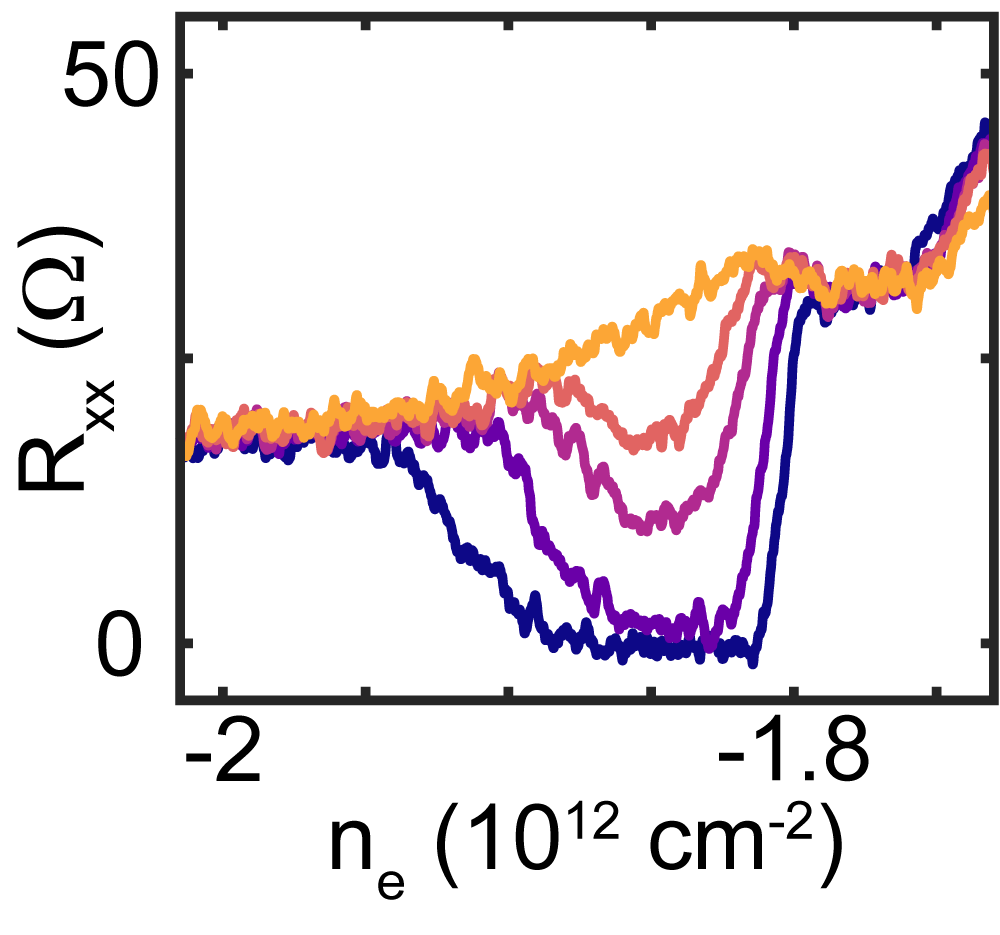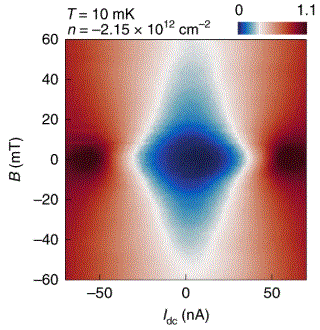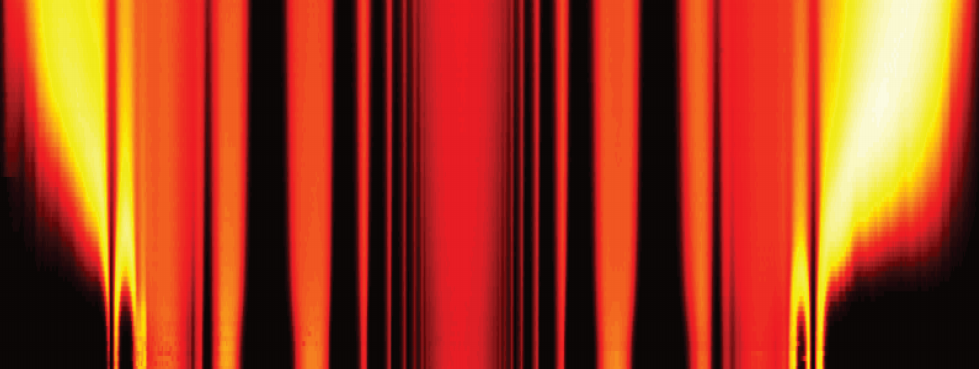Congratulations to Liam and Noah, whose paper is out in Science.
They report two fantastic advances studying a quantum point contact in graphene at high magnetic fields. First, they observe the universal T^2, V^2 scaling of the conductance when tunneling an electron into the fractionalized edge at filling factor 1/3—verifying a seminal theoretical prediction 33 years after the fact. Second, they use the counterintuitive properties of the strong tunneling regime between electrons and fractionally charge quasiparticles to realize an ‘impossible’ electronic device: a nearly dissipationless DC voltage step up transformer.








